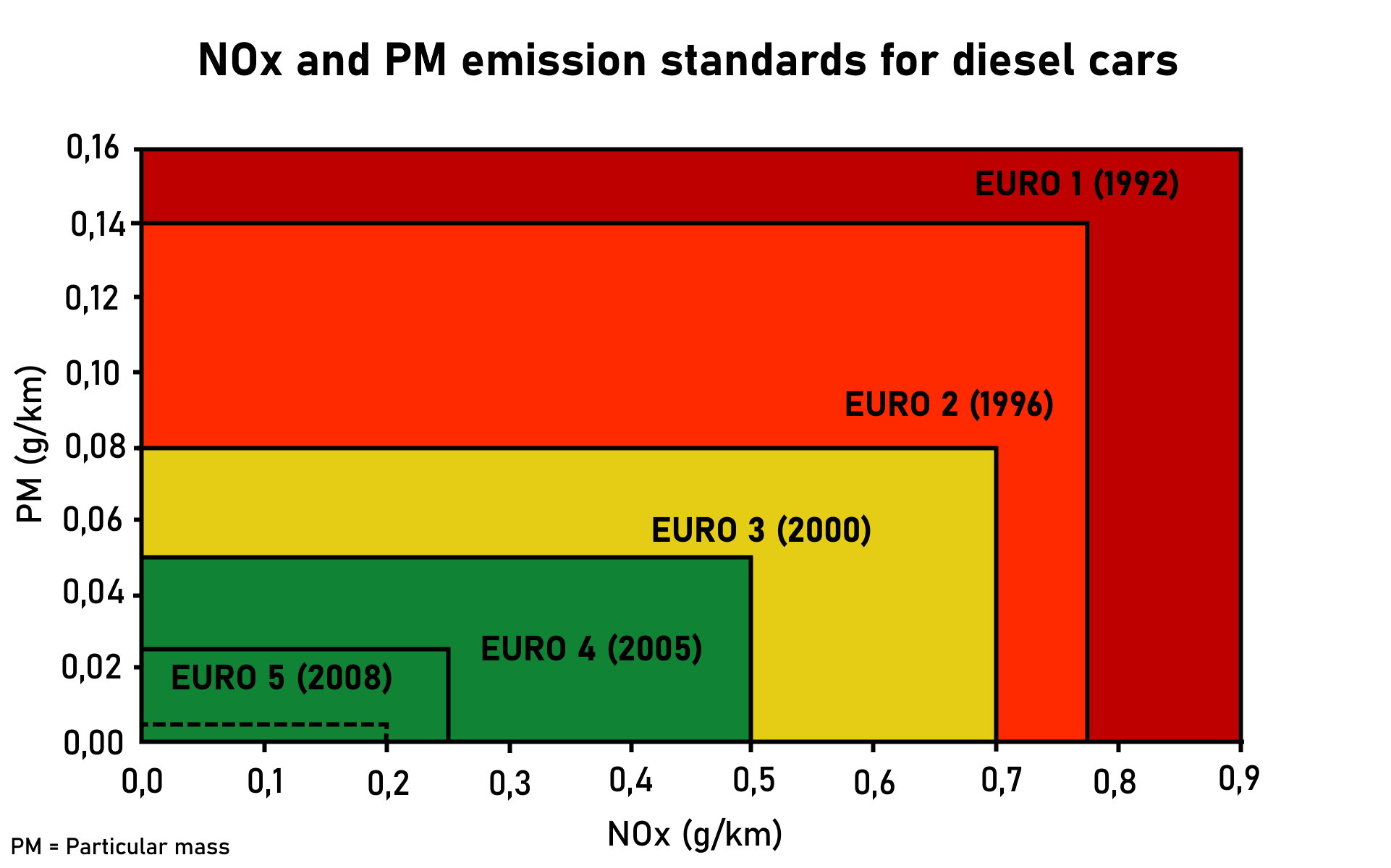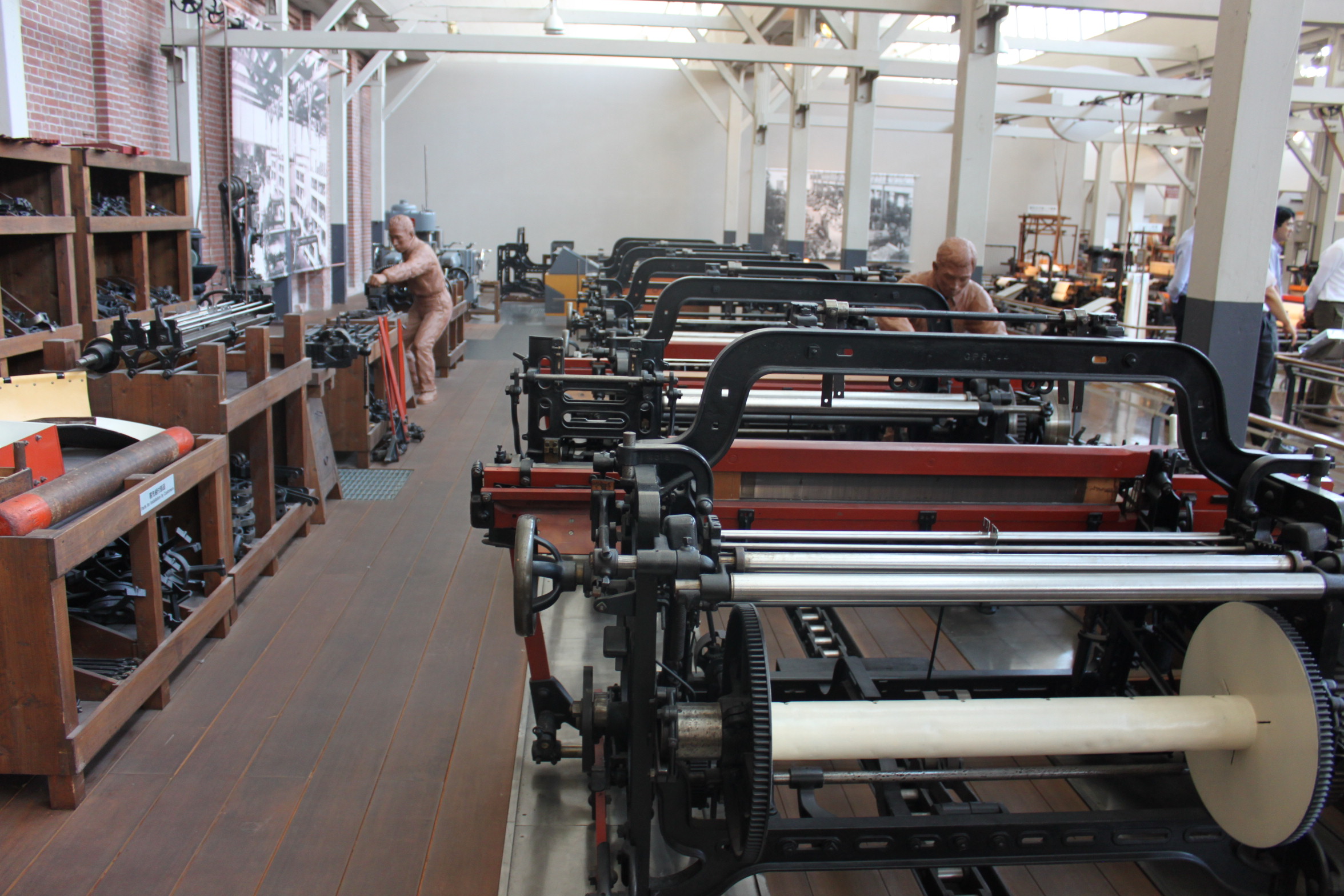|
ACEA Agreement
The ACEA agreement refers to a voluntary agreement between the European Automobile Manufacturers Association (ACEA) and the European Commission to limit the amount of carbon dioxide (CO2) emitted by passenger cars sold in Europe. Signed in 1998, the agreement sought to achieve an average of 140 g/km of CO2 by 2008 for new passenger vehicles sold by the association's cars in Europe. This target represents a 25% reduction from the 1995 level of 186 g/km and is equivalent to a fuel economy of 5.8 L/100 km or 5.25 L/100 km for petrol and diesel engines respectively. However, the average for the whole car market for 2008 was 153.7 g/km, so the target has not been achieved. Besides the agreement with ACEA, the European Commission also closed agreements with the Japan Automobile Manufacturers Association (JAMA) and Korea Automobile Manufacturers Association (KAMA). However, for the latter two the target date is 2009 instead of 2008 and as ACEA account ... [...More Info...] [...Related Items...] OR: [Wikipedia] [Google] [Baidu] |
European Automobile Manufacturers Association
The European Automobile Manufacturers Association (french: Association des Constructeurs Européens d'Automobiles; abbreviated ACEA) is the main lobbying and standards group of the automobile industry in the European Union. In February 1991 it became the successor of the CCMC manufacturers committee (french: Comité des Constructeurs du Marché Commun) which was founded in October 1972. Its members include: BMW, DAF, Daimler Truck, Ford of Europe, Ferrari, Honda, Hyundai Motor Europe, Iveco, Jaguar Land Rover, Mercedes-Benz Group, Renault, Stellantis, Toyota Europe, Volkswagen Group, Volvo Cars and Volvo Group. On 13 June 2022, Stellantis has announced it would leave the European carmaker association ACEA by the end of 2022 as part of a new approach to addressing issues and challenges of future mobility, including a shift away from traditional lobbying activity. On 8 July 2022, Volvo Cars announced it will leave the European Automobile Manufacturers Association (ACEA) by th ... [...More Info...] [...Related Items...] OR: [Wikipedia] [Google] [Baidu] |
Lancia
Lancia () is an Italian car manufacturer and a subsidiary of FCA Italy S.p.A., which is currently a Stellantis division. The present legal entity of Lancia was formed in January 2007 when its corporate parent reorganised its businesses, but its history is traced back to ''Lancia & C.'', a manufacturing concern founded in 1906 in Torino by Vincenzo Lancia (1881–1937) and Claudio Fogolin. It became part of Fiat in 1969. The brand is known for its strong rallying heritage, and technical innovations such as the unibody chassis of the 1922 Lambda and the five-speed gearbox introduced in the 1948 Ardea. Despite not competing in the World Rally Championship since 1992, Lancia still holds more Manufacturers' Championships than any other brand. Sales of Lancia-branded vehicles declined from over 300,000 annual units sold in 1990 to less than 100,000 by 2010. After corporate parent Fiat acquired a stake in Chrysler in 2009, the Lancia brand portfolio was modified to include reba ... [...More Info...] [...Related Items...] OR: [Wikipedia] [Google] [Baidu] |
European Emission Standards
The European emission standards are vehicle emission standards for pollution from the use of new land surface vehicles sold in the European Union and EEA member states and the UK, and ships in EU waters. The standards are defined in a series of European Union directives staging the progressive introduction of increasingly stringent standards. , the standards do not include non-exhaust emissions such as particulates from tyres and brakes. Details of Euro 7 have been postponed to 12 October 2022. Background In the European Union, emissions of nitrogen oxides (), total hydrocarbon (THC), non-methane hydrocarbons (NMHC), carbon monoxide (CO) and particulate matter (PM) are regulated for most vehicle types, including cars, trucks (lorries), locomotives, tractors and similar machinery, barges, but excluding seagoing ships and aeroplanes. For each vehicle type, different standards apply. Compliance is determined by running the engine at a standardised test cycle. Non ... [...More Info...] [...Related Items...] OR: [Wikipedia] [Google] [Baidu] |
Common Transport Policy
Transport in Europe provides for the movement needs of over 700 million people and associated freight. Overview The political geography of Europe divides the continent into over 50 sovereign states and territories. This fragmentation, along with increased movement of people since the Industrial Revolution, has led to a high level of cooperation between European countries in developing and maintaining transport networks. Supranational and intergovernmental organisations such as the European Union (EU), Council of Europe and the Organization for Security and Co-operation in Europe have led to the development of international standards and agreements that allow people and freight to cross the borders of Europe, largely with unique levels of freedom and ease. Road, rail, air and water transportation are all prevalent and important across Europe. Europe was the location of the world's first railways and motorways and is now the location of some of the world's busiest ports and ai ... [...More Info...] [...Related Items...] OR: [Wikipedia] [Google] [Baidu] |
Emission Standard
Emission standards are the legal requirements governing air pollutants released into the atmosphere. Emission standards set quantitative limits on the permissible amount of specific air pollutants that may be released from specific sources over specific timeframes. They are generally designed to achieve air quality standards and to protect human life. Different regions and countries have different standards for vehicle emissions. Regulated sources Many emissions standards focus on regulating pollutants released by automobiles (motor cars) and other powered vehicles. Others regulate emissions from industry, power plants, small equipment such as lawn mowers and diesel generators, and other sources of air pollution. The first automobile emissions standards were enacted in 1963 in the United States, mainly as a response to Los Angeles' smog problems. Three years later Japan enacted their first emissions rules, followed between 1970 and 1972 by Canada, Australia, and several E ... [...More Info...] [...Related Items...] OR: [Wikipedia] [Google] [Baidu] |
Conventional Car
An internal combustion engine (ICE or IC engine) is a heat engine in which the combustion of a fuel occurs with an oxidizer (usually air) in a combustion chamber that is an integral part of the working fluid flow circuit. In an internal combustion engine, the expansion of the high-temperature and high-pressure gases produced by combustion applies direct force to some component of the engine. The force is typically applied to pistons (piston engine), turbine blades ( gas turbine), a rotor (Wankel engine), or a nozzle (jet engine). This force moves the component over a distance, transforming chemical energy into kinetic energy which is used to propel, move or power whatever the engine is attached to. This replaced the external combustion engine for applications where the weight or size of an engine was more important. The first commercially successful internal combustion engine was created by Étienne Lenoir around 1860, and the first modern internal combustion engine, known as ... [...More Info...] [...Related Items...] OR: [Wikipedia] [Google] [Baidu] |
Car Taxation
Transport economics is a branch of economics founded in 1959 by American economist John R. Meyer that deals with the allocation of resources within the transport sector. It has strong links to civil engineering. Transport economics differs from some other branches of economics in that the assumption of a spaceless, instantaneous economy does not hold. People and goods flow over networks at certain speeds. Demands peak. Advance ticket purchase is often induced by lower fares. The networks themselves may or may not be competitive. A single trip (the final good, in the consumer's eyes) may require the bundling of services provided by several firms, agencies and modes. Although transport systems follow the same supply and demand theory as other industries, the complications of network effects and choices between dissimilar goods (e.g. car and bus travel) make estimating the demand for transportation facilities difficult. The development of models to estimate the likely choices be ... [...More Info...] [...Related Items...] OR: [Wikipedia] [Google] [Baidu] |
Biofuels Directive
Directive 2003/30/EC was a European Union directive for promoting the use of biofuels for EU transport. The directive entered into force in May 2003, and stipulated that national measures must be taken by countries across the EU aiming at replacing 5.75% of all transport fossil fuels (petrol and diesel) with biofuels by 2010. The directive also called for an intermediate target of 2% by 31 December 2005. The target of 5.75% was to be met by 31 December 2010. These percentages were to be calculated on the basis of energy content of the fuel and were to apply to petrol and diesel fuel for transport purposes placed on the markets of member states. Member states were encouraged to take on national "indicative" targets in conformity with the overall target. Directive 2003/30/EC was repealed by Directive 2009/28/EC. Legislation * COM(2001) 547, Communication of the European Commission of 7 November 2001 on an Action Plan and two Proposals for Directives to foster the use of Altern ... [...More Info...] [...Related Items...] OR: [Wikipedia] [Google] [Baidu] |
Fuel Efficiency
Fuel efficiency is a form of thermal efficiency, meaning the ratio of effort to result of a process that converts chemical potential energy contained in a carrier (fuel) into kinetic energy or work. Overall fuel efficiency may vary per device, which in turn may vary per application, and this spectrum of variance is often illustrated as a continuous energy profile. Non-transportation applications, such as industry, benefit from increased fuel efficiency, especially fossil fuel power plants or industries dealing with combustion, such as ammonia production during the Haber process. In the context of transport, fuel economy is the energy efficiency of a particular vehicle, given as a ratio of distance traveled per unit of fuel consumed. It is dependent on several factors including engine efficiency, transmission design, and tire design. In most countries, using the metric system, fuel economy is stated as "fuel consumption" in liters per 100 kilometers (L/100 km) or k ... [...More Info...] [...Related Items...] OR: [Wikipedia] [Google] [Baidu] |
Longer-term
In economics, the long-run is a theoretical concept in which all markets are in equilibrium, and all prices and quantities have fully adjusted and are in equilibrium. The long-run contrasts with the short-run, in which there are some constraints and markets are not fully in equilibrium. More specifically, in microeconomics there are no fixed factors of production in the long-run, and there is enough time for adjustment so that there are no constraints preventing changing the output level by changing the capital stock or by entering or leaving an industry. This contrasts with the short-run, where some factors are variable (dependent on the quantity produced) and others are fixed (paid once), constraining entry or exit from an industry. In macroeconomics, the long-run is the period when the general price level, contractual wage rates, and expectations adjust fully to the state of the economy, in contrast to the short-run when these variables may not fully adjust. History The d ... [...More Info...] [...Related Items...] OR: [Wikipedia] [Google] [Baidu] |
Toyota
is a Japanese multinational automotive manufacturer headquartered in Toyota City, Aichi, Japan. It was founded by Kiichiro Toyoda and incorporated on . Toyota is one of the largest automobile manufacturers in the world, producing about 10 million vehicles per year. The company was originally founded as a spinoff of Toyota Industries, a machine maker started by Sakichi Toyoda, Kiichiro's father. Both companies are now part of the Toyota Group, one of the largest conglomerates in the world. While still a department of Toyota Industries, the company developed its first product, the Type A engine in 1934 and its first passenger car in 1936, the Toyota AA. After World War II, Toyota benefited from Japan's alliance with the United States to learn from American automakers and other companies, which would give rise to The Toyota Way (a management philosophy) and the Toyota Production System (a lean manufacturing practice) that would transform the small company into a leader ... [...More Info...] [...Related Items...] OR: [Wikipedia] [Google] [Baidu] |




